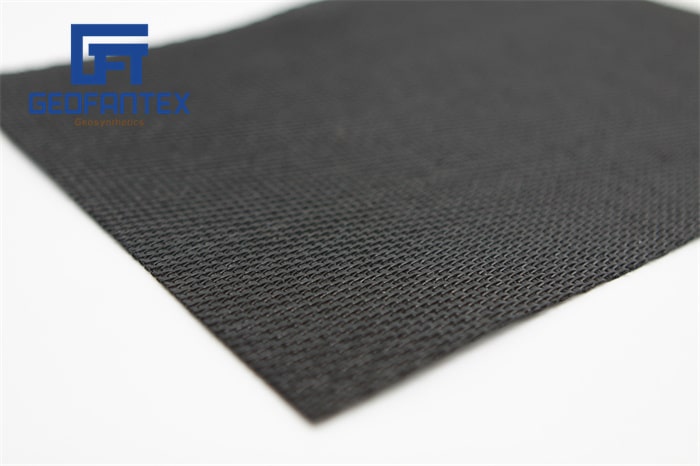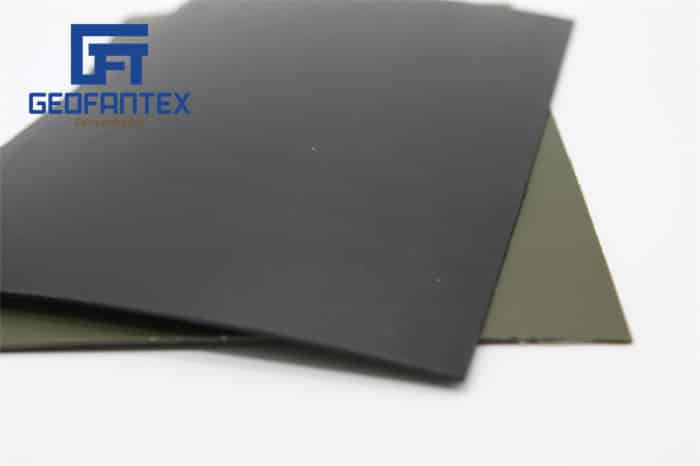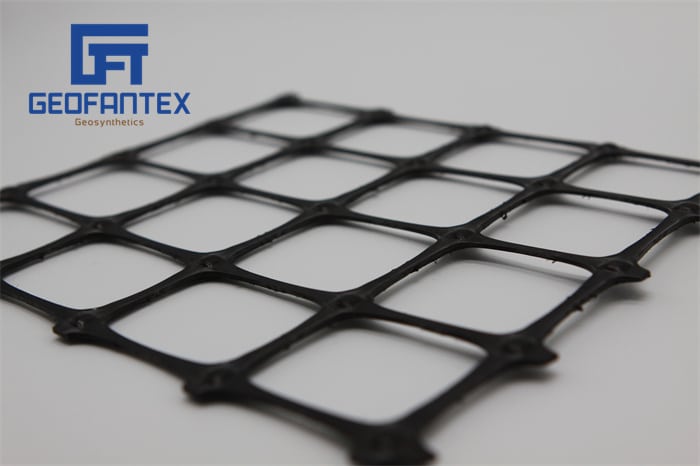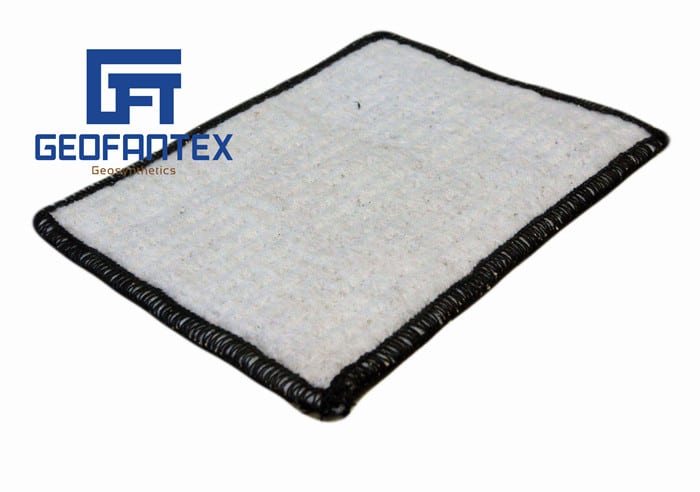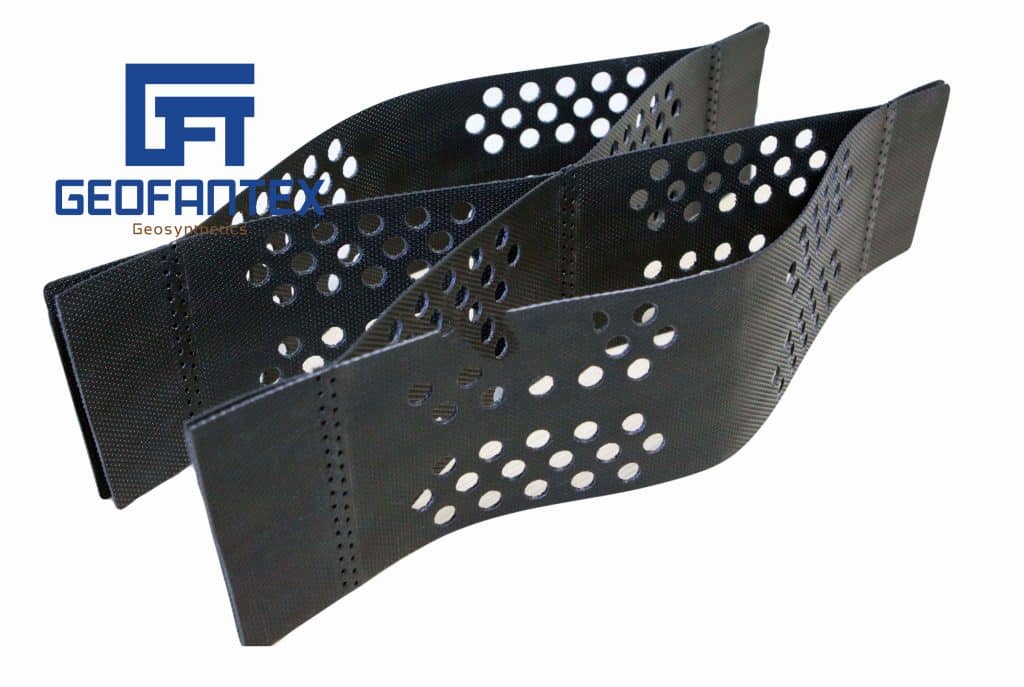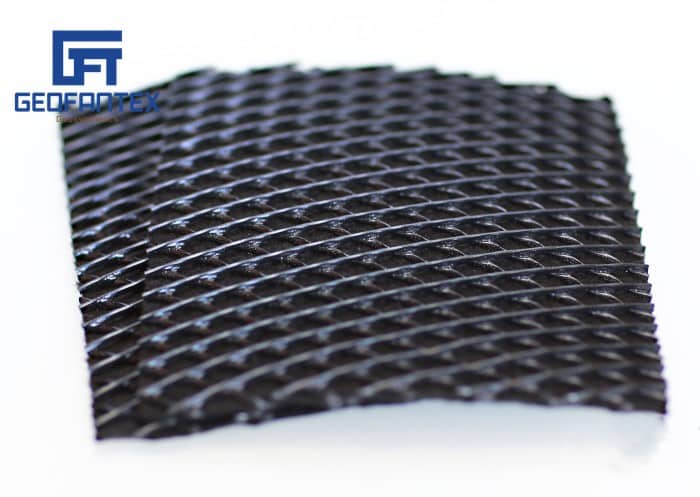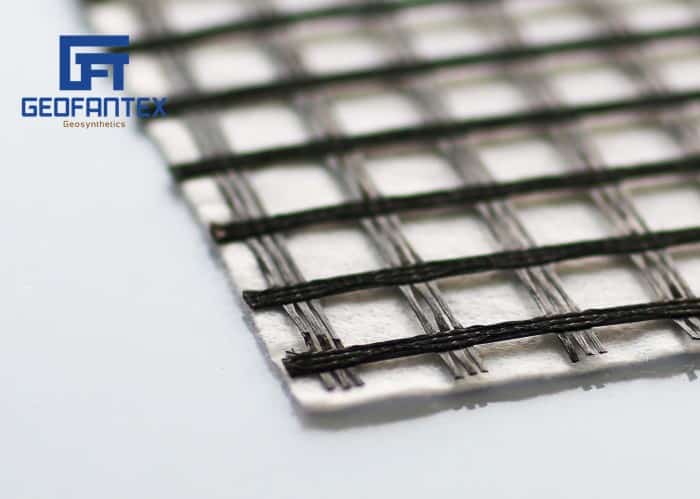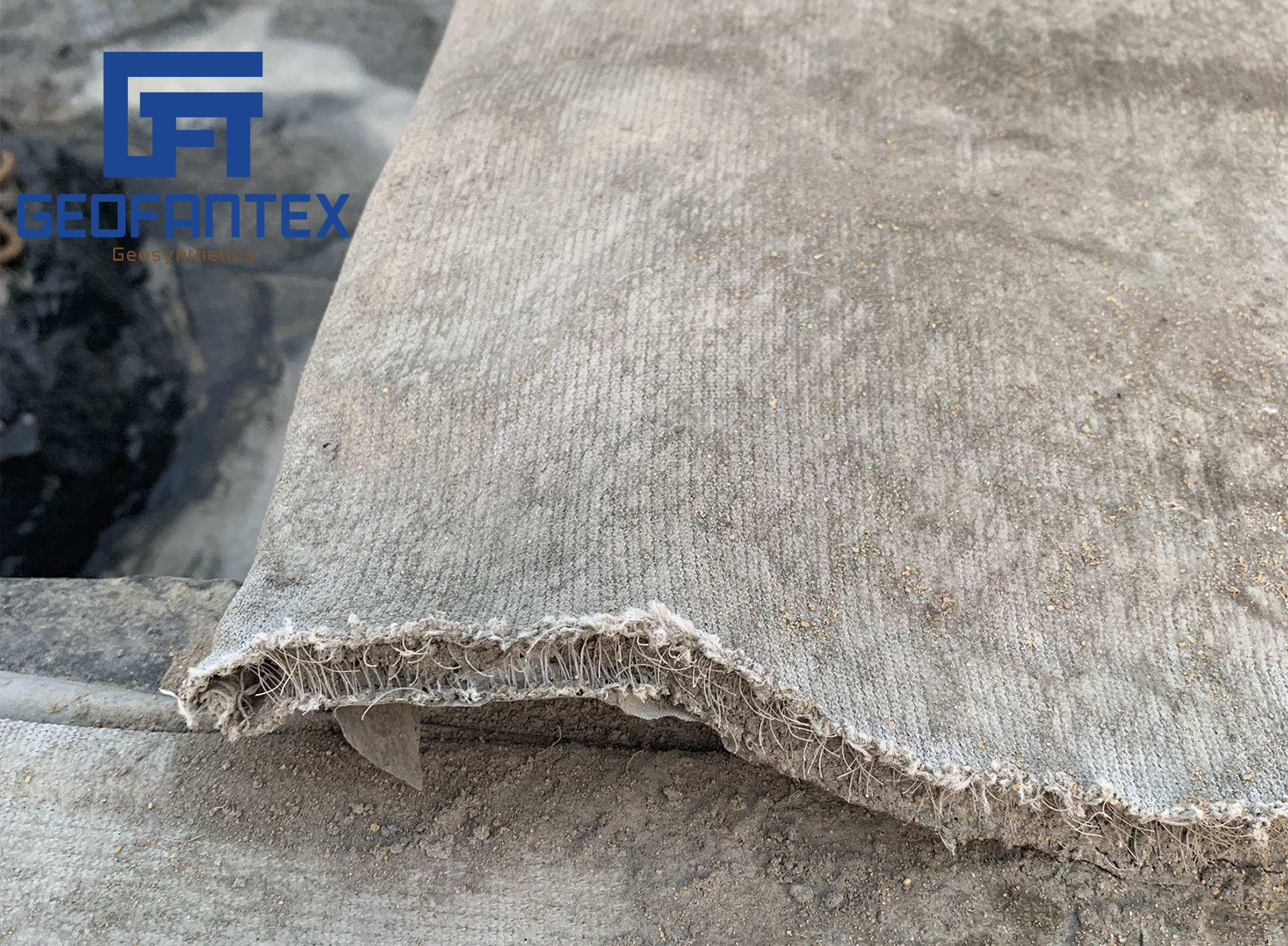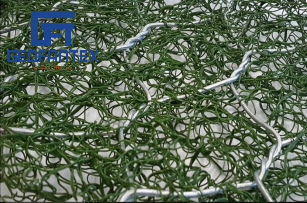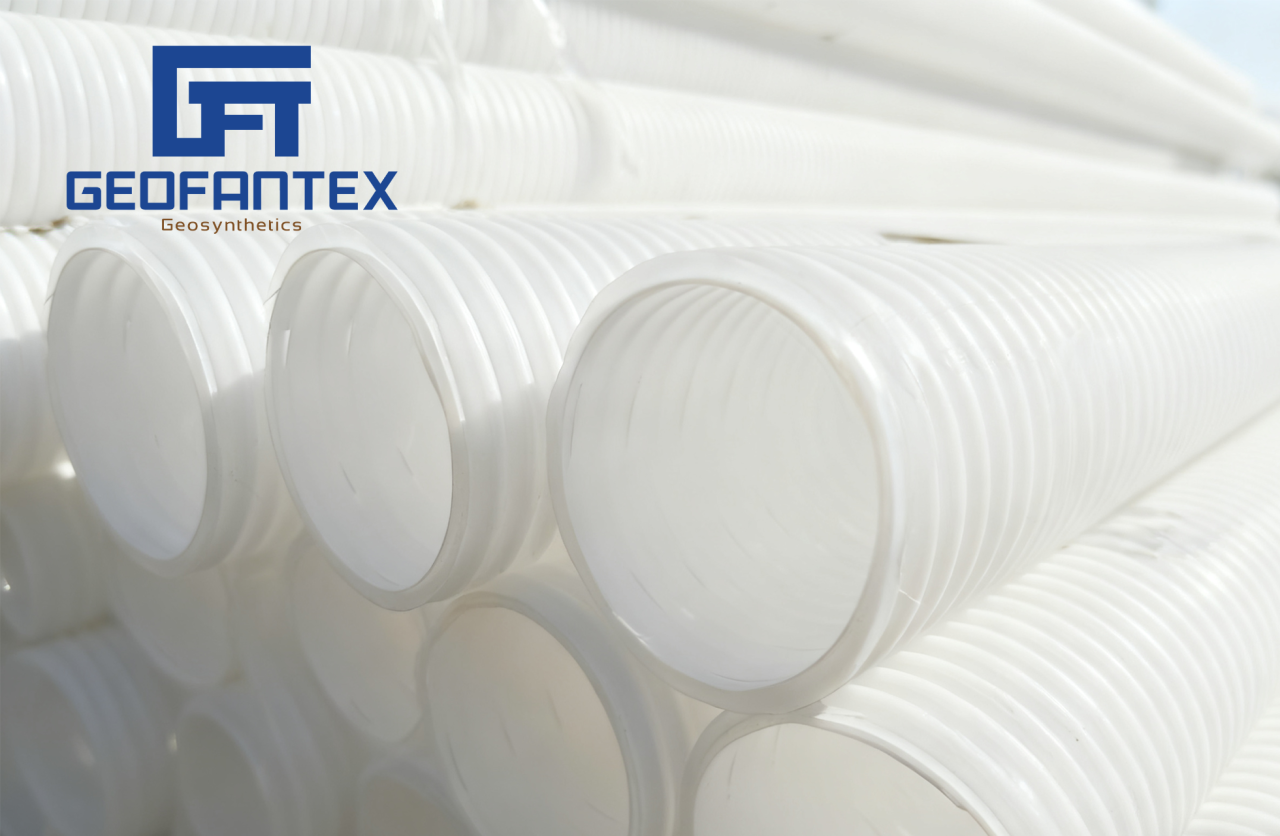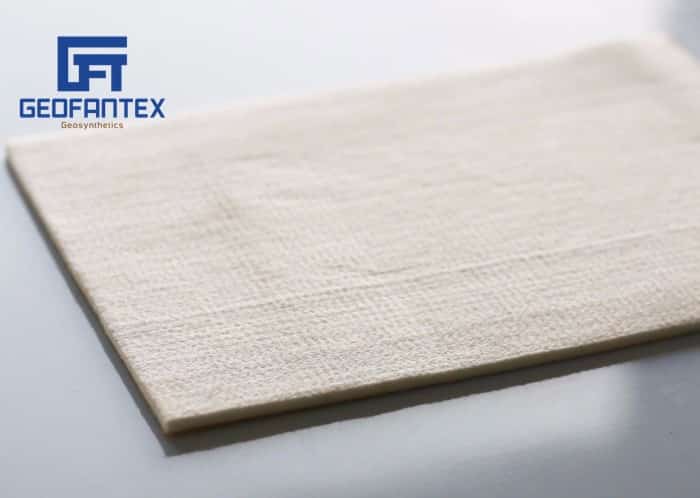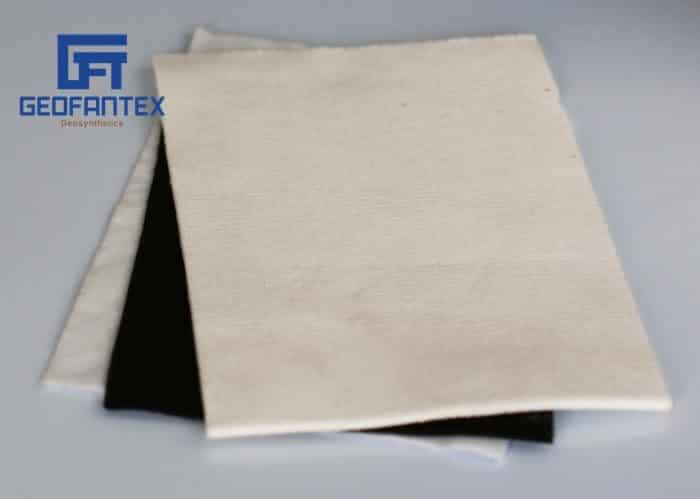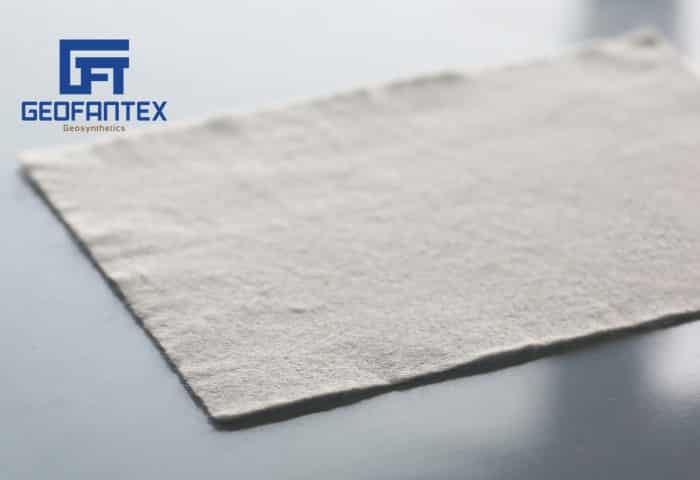+86-159 9860 6917
info@geofantex.com
geofantex@gmail.com
+86-400-8266163-44899
The geogrid retaining wall has become a cornerstone in modern infrastructure, offering a durable, cost-effective solution for soil stabilization in both civil and environmental engineering projects. Its integration with geosynthetic technologies has not only improved structural performance but also enabled more sustainable construction practices.
Roadway Expansion in Colorado, USA

During a major highway expansion near the Rocky Mountains, engineers faced the challenge of reinforcing steep slopes while preserving the surrounding ecosystem. The project implemented a geogrid retaining wall reinforced with high-strength polyester geogrids. This design minimized excavation and reduced the need for traditional concrete walls. As a result, construction time was cut by 30%, and long-term maintenance costs were significantly lowered.
Railway Embankment in Queensland, Australia
A railway embankment in flood-prone Queensland utilized geosynthetics to combat soil erosion and prevent landslides. The project featured a composite system of non-woven geotextiles for filtration and a geogrid retaining wall to resist lateral earth pressure. This hybrid approach extended the embankment’s service life and ensured stable track alignment through extreme weather events.
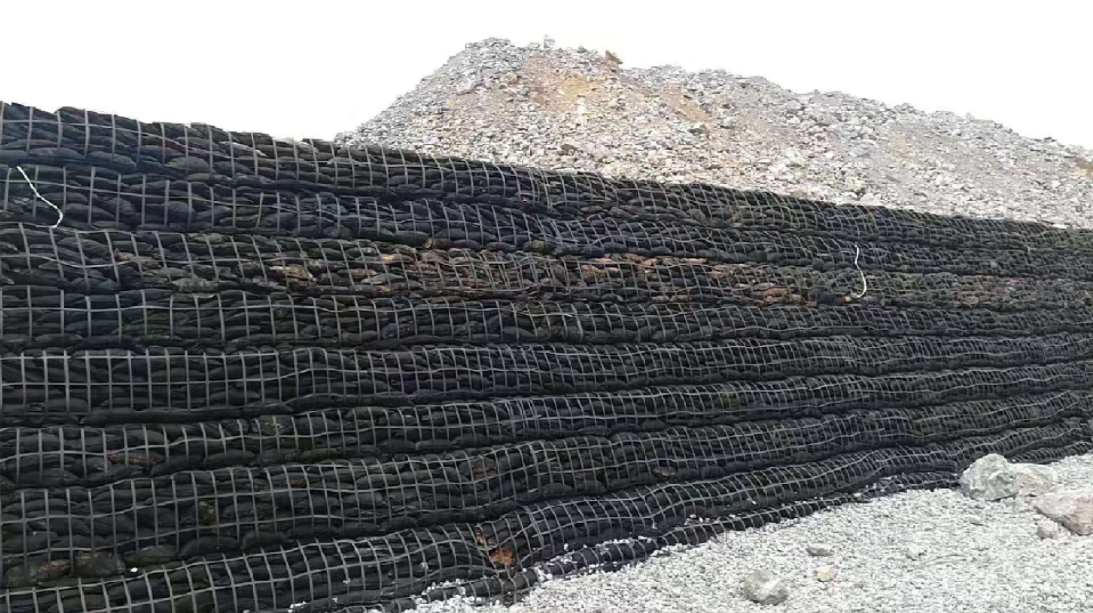
Residential Development in Bogotá, Colombia
A hillside residential development in Bogotá required an efficient slope reinforcement system to prevent collapse during the rainy season. Local engineers adopted a modular geogrid system with wrap-around facings and vegetation layers. The natural appearance of the vegetated wall helped the project comply with environmental regulations while enhancing property value.
These real-world applications highlight how geosynthetics—particularly the geogrid retaining wall—are revolutionizing the way we build and maintain infrastructure across diverse terrains and climates. As demand for resilient and eco-friendly construction grows, geogrids will continue to play a critical role in geotechnical engineering.

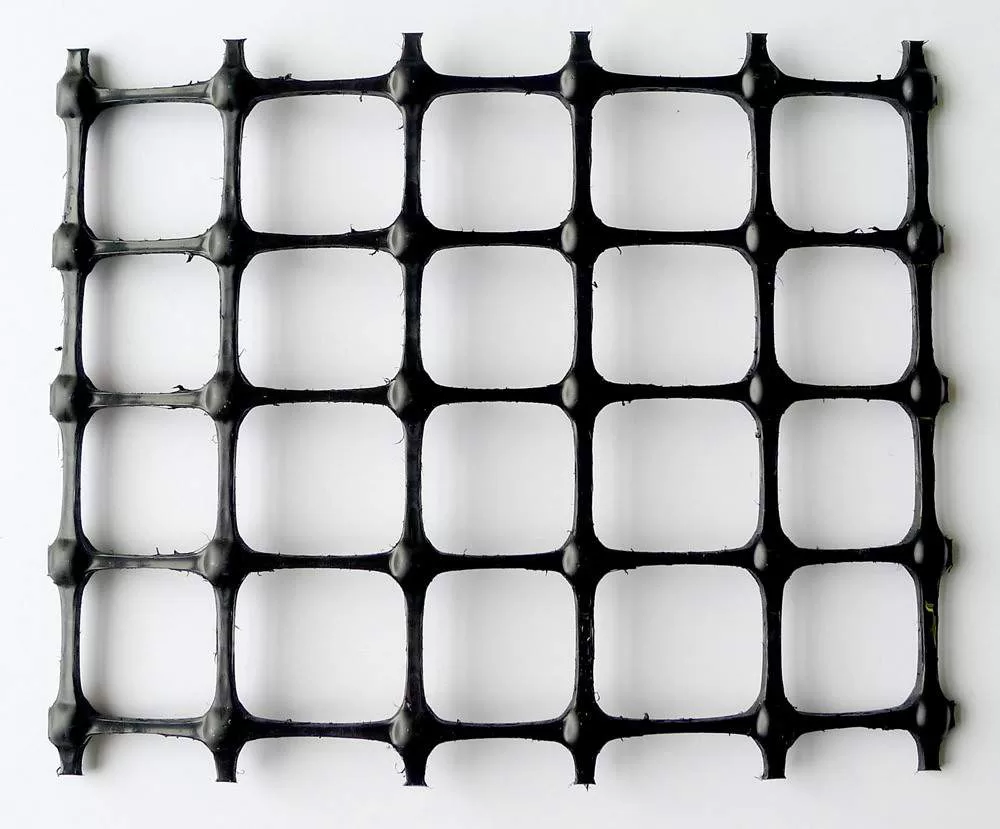

Get Free Sample
We’ll respond as soon as possible(within 12 hours)


